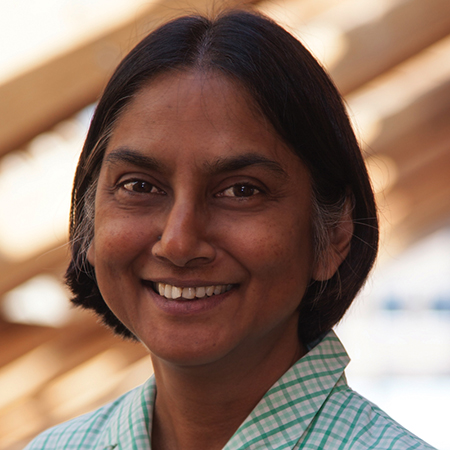By Janette Bulkan
On your way to or from Guyana’s international airport at Timehri you travel on the East Bank Demerara road. Every mile or so, a small billboard displaying the village name will flash past your eyes. 29 kms from Georgetown and 10.5 km from Timehri is ‘Te Huis Te Coverden’, [‘the house in Coverden]’, ‘Coverden’ being the anglicised version of ‘Coevorden’ [Cow Borden] in Dutch. ‘Coevorden’ is a place in the Netherlands, a reminder that Guyana was a Dutch colony, indeed for more years than it was an English colony.
Guyanese shorten names: just as ‘pine-apple’ is ‘pine’, so ‘Te Huis Te Coverden’ is ‘Coverden’ to its citizens. Most of the village lands lie east of the road whose alignment closely parallels the Demerara River. The 2012 census (Guyana’s last census) reported Coverden’s population at 459 persons in 151 households. Land tenure was 90% ‘owned/freehold’; 136 of the 151 households owned their house lots. In 2012, 54% of its population identified as ‘African/Black’, 31% as ‘Mixed’ and 13% as East Indian. In the national consciousness, it would be fair to say that the average Guyanese would describe Coverden as being a Black village, on the basis of its ethnic composition.


